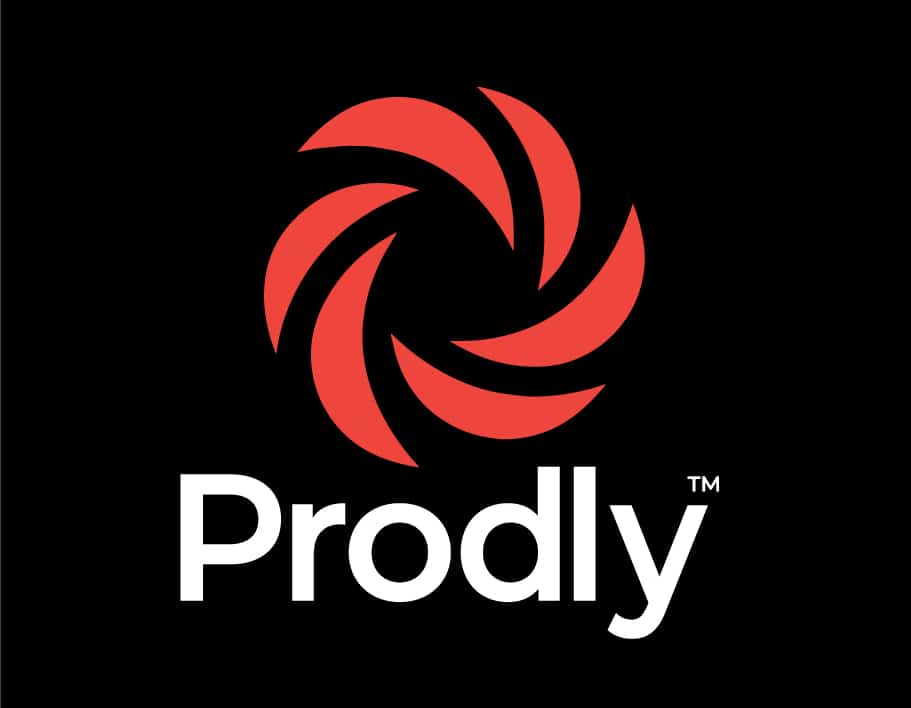Many devs and admins who follow governance and release best practices find making a Salesforce hotfix challenging. If you struggle to configure and deploy hotfixes in a timely manner, you’re not alone. And when it comes to creating a hotfix environment in Salesforce, traditional data set building is slow, laborious, and prone to error—even with Data Loader.
But as Victoria Livschitz said, “It’s not the prevention of bugs but the recovery—the ability to gracefully exterminate them—that counts.”
And that’s exactly what Prodly allows you to do.
Prodly lets you automate your hotfix strategy and rapidly fix, test, and promote essential changes to production. In this blog post, we’ll examine what hotfixes are, how not to handle them, and four ways Prodly improves your hotfix strategy.
What Is a Salesforce Hotfix?
In Salesforce, a hotfix is a simple configuration change that addresses a key issue impacting day to day business. Oftentimes, one is required due to a bug a user reports—so you need to fix it immediately.
Although a hotfix may not involve a major change to your production environment, it’s business critical and therefore urgent. Because it addresses a bug that’s adversely affecting your business operations, it can’t be postponed until your next major release.
That’s why you need the ability to implement a patch as efficiently as possible without getting bogged down in error-prone manual processes.
Salesforce Hotfix Workflow: Inefficient and Costly
If you’re implementing a hotfix in Salesforce, the process probably looks something like this:
- Purchase a Partial Copy sandbox or Full Copy sandbox to use as a hotfix environment—at 20 percent or 30 percent of net spend.
- In this environment, determine what’s causing the issue. Then fix the issue and test it.
- Use change sets to promote the approved change to your production org. That involves creating an outbound change set in the hotfix environment and an inbound change set in the prod org. Then you have to validate the inbound change set and deploy the change set.
- Migrate (either manually or with Data Loader) any configuration data required for the hotfix.
- Use change sets to promote the change to your Developer sandboxes and the Full sandbox you use for training.
Unfortunately, this strategy can be cost-prohibitive due to the expense of purchasing a sandbox to use as a dedicated hotfix environment. Moreover, the multiple manual steps required for each change set deployment make this process highly labor intensive and time consuming.
Never Make a Patch Directly in Production!
Knowing how expensive and inefficient it is to implement a hotfix in Salesforce, you might be tempted to rush things and make the hotfix directly in production.
A word to the wise, however:
Never, ever, make a hotfix directly in your prod org!
Why? Because if the hotfix introduces any new issues, you’ll be stuck with a much bigger headache. And that could affect your CX even more!
Create a Prod Hotfix Strategy Before the Next Bug
To be prepared to make a mission-critical change in a timely manner, don’t wait until a serious issue arises to design a hotfix workflow. Instead, get ahead of things and establish a production hotfix strategy before the next bug occurs. Your strategy should:
- Appoint team members to configure the hotfix
- Designate an environment where you’ll make the change and test the fix
- Specify how you’ll promote the fix into production
- Determine which other orgs will need the fix and how you’ll back promote the fix
- Include a post mortem to analyze the event and prevent future issues
4 Ways Prodly Can Improve Your Hotfix Strategy
Now you have a basic game plan for dealing with hotfixes, let’s take a look at how Prodly can improve your strategy.
1. Use a Free Environment for Dedicated Production Support
With Prodly Sandbox Management, you don’t need to purchase a new Partial Copy or Full Copy sandbox as a dedicated hotfix environment. You can simply use a free Developer sandbox or Scratch org, because Prodly lets you easily and quickly move data into it. This saves your Partial Copy and Full Copy sandboxes for higher value projects in Salesforce.
2. Seed the Impacted Configuration to Your Hotfix Environment
Your hotfix environment needs to be a reproduction of your production org. However, you don’t have time to recreate all the data from the prod org in the sandbox.
In Prodly, you can compare your orgs to see any metadata differences between your prod org and your hotfix environment. If there are differences that will impact the patch, you can easily review and sync them to your hotfix environment.
You can use sandbox seeding to automatically migrate the affected data to the hotfix environment. The sandbox seeding wizard allows you to quickly select data and upsert it to your hotfix environment.
Simply select a root object in your prod org, along with any related objects. Next, temporarily deactivate all events for the duration of the deployment to avoid complications. Finally, implement the deployment.
Note that Prodly provides prebuilt templates for common data seeding needs that can save you even more time.
3. Promote the Hotfix Back to Production
With your hotfix environment set up, you can determine what the problem is, configure the required change, and test the change without any risk to your prod org. Once you’re satisfied the change works, Prodly makes it easy to seamlessly move the change back into your production org—regardless of whether the fix involves metadata or data.
You also don’t have to use change sets and Data Loader to manually push the change to your prod org. You can leverage Prodly to automatically migrate the metadata and data while still maintaining complex object relationships. Simply select the configurations you want to deploy, and then deploy all the metadata and data changes at once.
4. Sync the Salesforce Hotfix to the Rest of the Orgs in Your Stack
While you’ve been rushing to fix the bug, your teammates may have been working on the next release. It’s essential to sync the rest of the orgs in the release path with your production org and training environment so they don’t reintroduce the bug or cause new ones.
Prodly allows you to sync data to up to five orgs simultaneously. So once you’ve promoted the patch back to production, you can quickly and easily sync the metadata and data changes from production to the other orgs in the stack. The benefit is that by doing this, you’ll bring your other sandboxes up to date without having to wait to refresh them

Salesforce Hotfixes Are Easy With Prodly
Let’s face it: Bugs happen.
And when they impact your day-to-day business operations, you need to fix them—fast. With a robust hotfix strategy and Prodly, you can quickly, efficiently, and easily create a hotfix environment, fix the issue, and promote the change to your production environment and other orgs. And you can do all this without the high costs of purchasing an additional Partial Copy or Full Copy sandbox in Salesforce.
To learn more about Prodly DevOps, contact us today.










